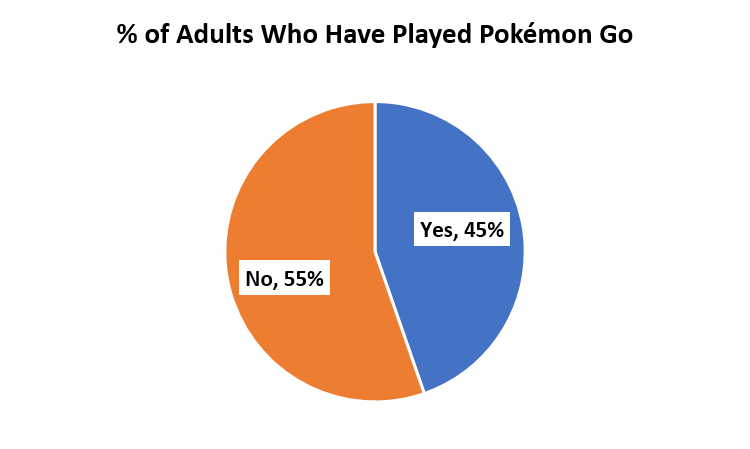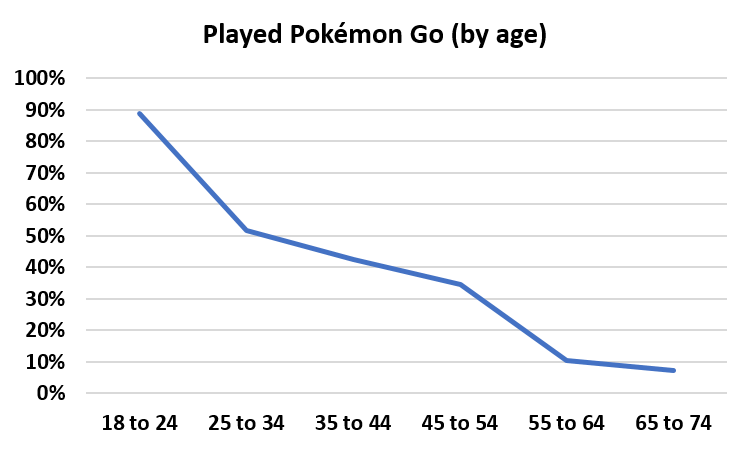For a while there (the peak seemed to be the summer of 2016), Pokémon Go was all the rage. It was common to see people walking down the busy street, staring intently into their smart phones. What were they doing? They weren’t texting? They weren’t following directions. They weren’t looking for their favorite Japanese restaurant. No, they were playing Pokémon Go!
If you’re not familiar with the game, here’s a quick explanation.
The game, which is available on iPhone and Android devices, is free to play but includes in game items that can be bought to speed up the player’s progress. The premise of the game involves catching Pokemon using “Pokeballs” which players can get from real world landmarks, like monuments, or parks, or public works of art, or other places. The thing that made this game addictive to people walking around the street is that it overlays the Pokemon onto a real-world map. The game was actually linked to several deaths and unfortunately accidents (and triggered various lawsuits).
So how many adults were playing this game? Our findings suggests that nearly one out of two (45%) Americans over the age of 18 played this game (at least once).

As the line graph below shows, Pokémon Go playing tends to decrease with increasing age.

Playing also slightly skewed male vs. female (but not by much, 49% vs. 42%), and we saw some correlation to educational attainment (see table below).
| Education | < High School | HS Grad | Some Coll. | College + |
| Yes | 50% | 32% | 39% | 51% |
| No | 50% | 68% | 61% | 49% |
But the main factor (of the factors we looked at), was age.
In a way, that’s unfortunate, as it would be nice if we could all hold onto our playfulness as we get older. Or maybe, we do keep it after all, but express it in different ways.
A topic for another day! For now, we’re going to indulge in some